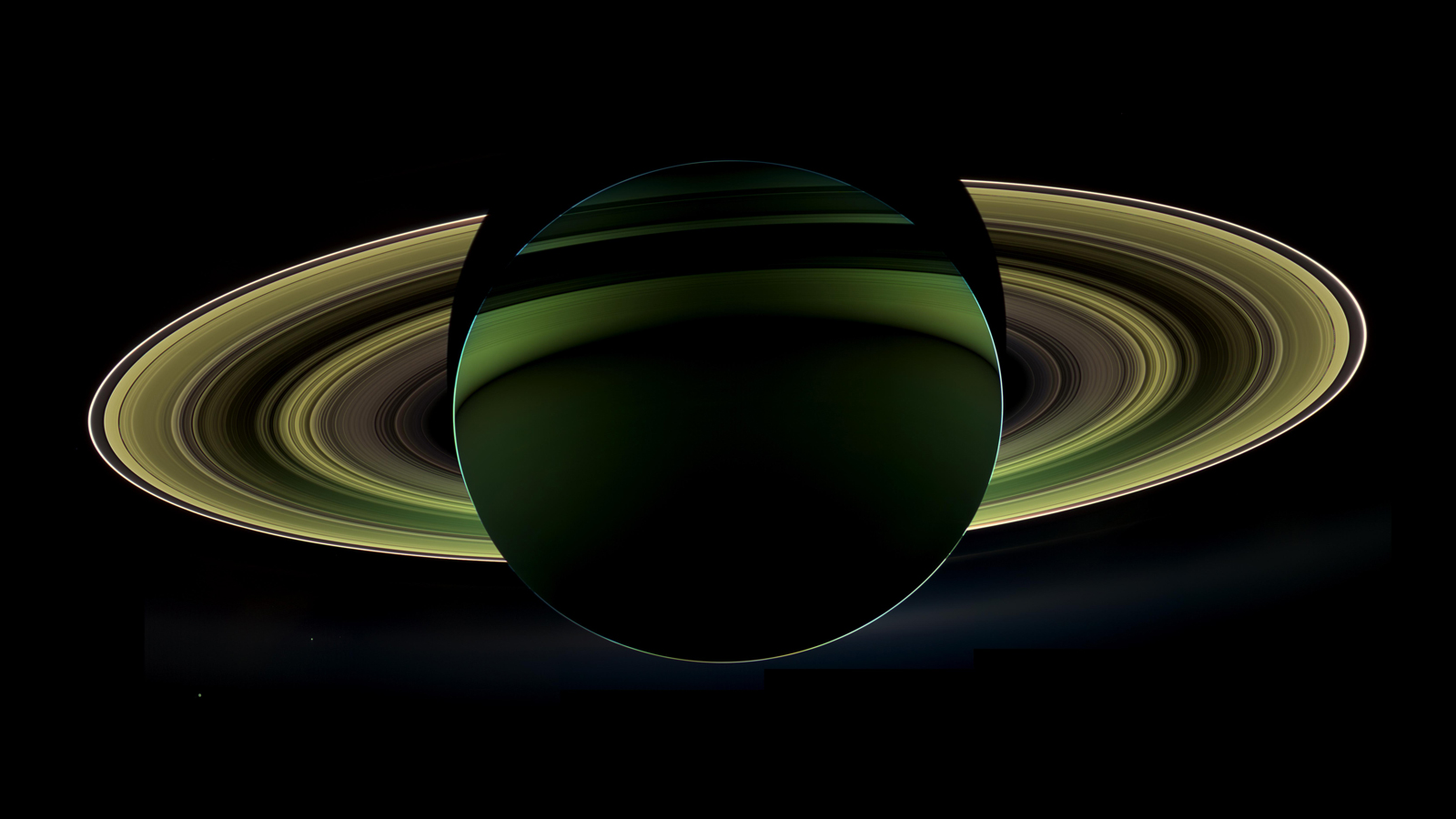
The end is nigh. Those really are not the words that scientists and fans of the Cassini mission at Saturn want to hear, but it’s true. After exploring Saturn and its moons since 2004, the Cassini spacecraft has now entered its final orbit around the ringed gas giant, and today will also make its last pass through the gap between Saturn and its rings. A week from now, Cassini will plunge into Saturn’s thick atmosphere, still recording data as long as it can, until it is crushed by the intense atmospheric pressure. Although the mission will be over, however, the incredible amount of science returned by Cassini will keep scientists busy for many years to come.
“The Cassini mission has been packed full of scientific firsts, and our unique planetary revelations will continue to the very end of the mission as Cassini becomes Saturn’s first planetary probe, sampling Saturn’s atmosphere up until the last second,” said Linda Spilker, Cassini project scientist from NASA’s Jet Propulsion Laboratory in Pasadena, California. “We’ll be sending data in near real-time as we rush headlong into the atmosphere – it’s truly a first-of-its-kind event at Saturn.”




During the last pass between the planet and its rings, Cassini will fly only 1,044 miles (1,680 kilometers) above the clouds tops. Other milestones upcoming in the next week include one more distant flyby of the largest moon Titan as well as final distant images of Enceladus and the north polar hexagon on Saturn. On Sept. 15, 2017, the spacecraft will enter Saturn’s atmosphere, where communication will cease at about 940 miles (1,510 kilometers) above the cloud tops. After that, Cassini will break up like a brilliant meteor.
Cassini has been one of the most successful space missions in history, revolutionizing our understanding of Saturn and its many moons. It even revealed that two of those moons, Enceladus and Titan, could possible support some form of life.

“The end of Cassini’s mission will be a poignant moment, but a fitting and very necessary completion of an astonishing journey,” said Earl Maize, Cassini project manager at NASA’s Jet Propulsion Laboratory in Pasadena, California. “The Grand Finale represents the culmination of a seven-year plan to use the spacecraft’s remaining resources in the most scientifically productive way possible. By safely disposing of the spacecraft in Saturn’s atmosphere, we avoid any possibility Cassini could impact one of Saturn’s moons somewhere down the road, keeping them pristine for future exploration.”
All of Cassini’s raw images can be seen here on the mission website.
Be sure to “LIKE” AmericaSpace on Facebook and follow us on Instagram & Twitter!
SaveSave






One Comment
One Ping
Pingback:'The last hurrah': Cassini prepares for fiery end of mission in one week